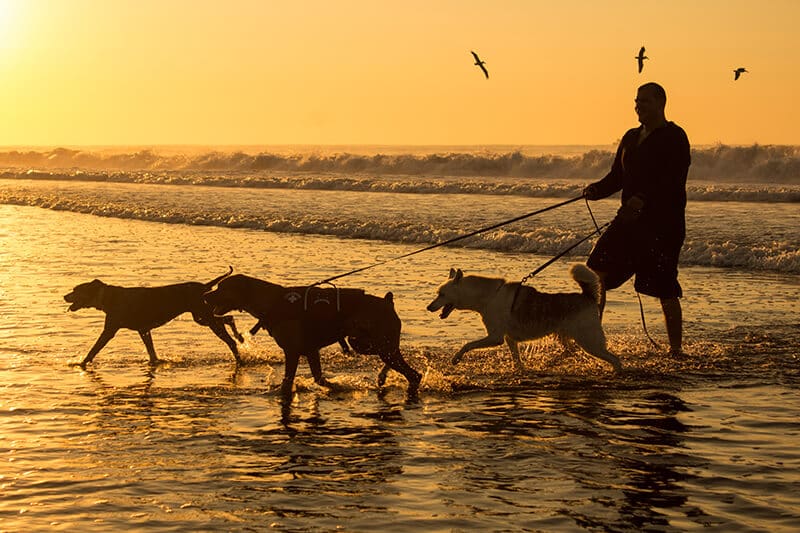Animal Pain Awareness Month is here! To us, it’s a particularly important awareness month to discuss on behalf of the pets we love so much. It coincides with (human) Pain Awareness Month which creates a good opportunity to think on the ways that we are all affected by pain. Animals experience the same pains that people do. They just can’t tell us about it. Thinking about what you know about pain, whether from an injury, arthritis, after a procedure, etc. is a good place to start to be aware of an animal’s experience.
 Signs of Pain
Signs of PainAnimal pain awareness begins with understanding that not all pain is obvious, and it certainly isn’t “just getting old” or “starting to slow down”. Our pets can’t describe what and how much it hurts, so we need to know how to observe signs of discomfort. We also need to consider symptoms over time. It’s easy for their pain to go unnoticed by us for a while. Many animals are famously better at just getting on with their days when something hurts than we are. This isn’t really a good thing, though, considering it can mask a condition. If a pet is showing visible pain, particularly with regard to something chronic or slow to develop, like arthritis or cancer, they might have been hurting for quite a while before they began limping or stopped playing as much. It’s up to us, their caregivers, to keep an eye out for possible problems so we can seek early intervention.
Here are some common signs to look for:
The best part about diagnosing the cause of pain is that your vet can then determine the best course of action to manage it safely and effectively. There are several options that range from non-invasive cold laser therapy (one of our favorite choices), to prescription pain relievers, supplements, or even physical therapy. Do not give your pet over-the-counter NSAIDS or other pain relievers without consulting your veterinarian first. Some have a very narrow margin of safety or are not safe to give at all.
Maybe one of the best things you can do for Animal Pain Awareness Month is to share what you know with others! Education is invaluable. And it just might help an animal to live a longer, more comfortable life!